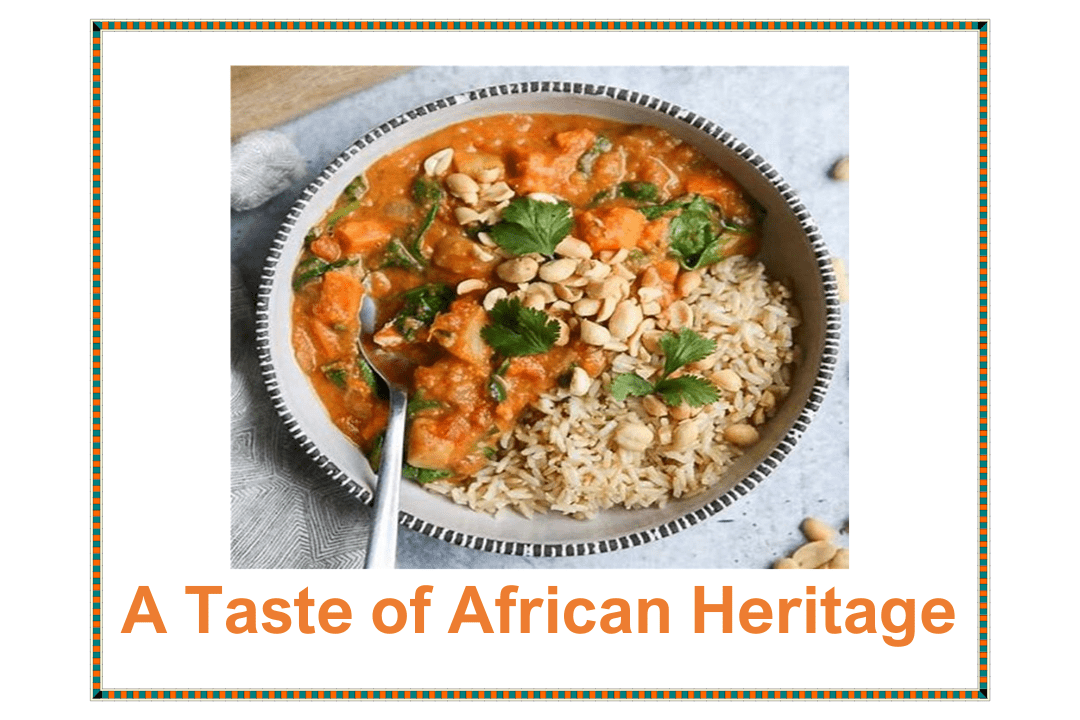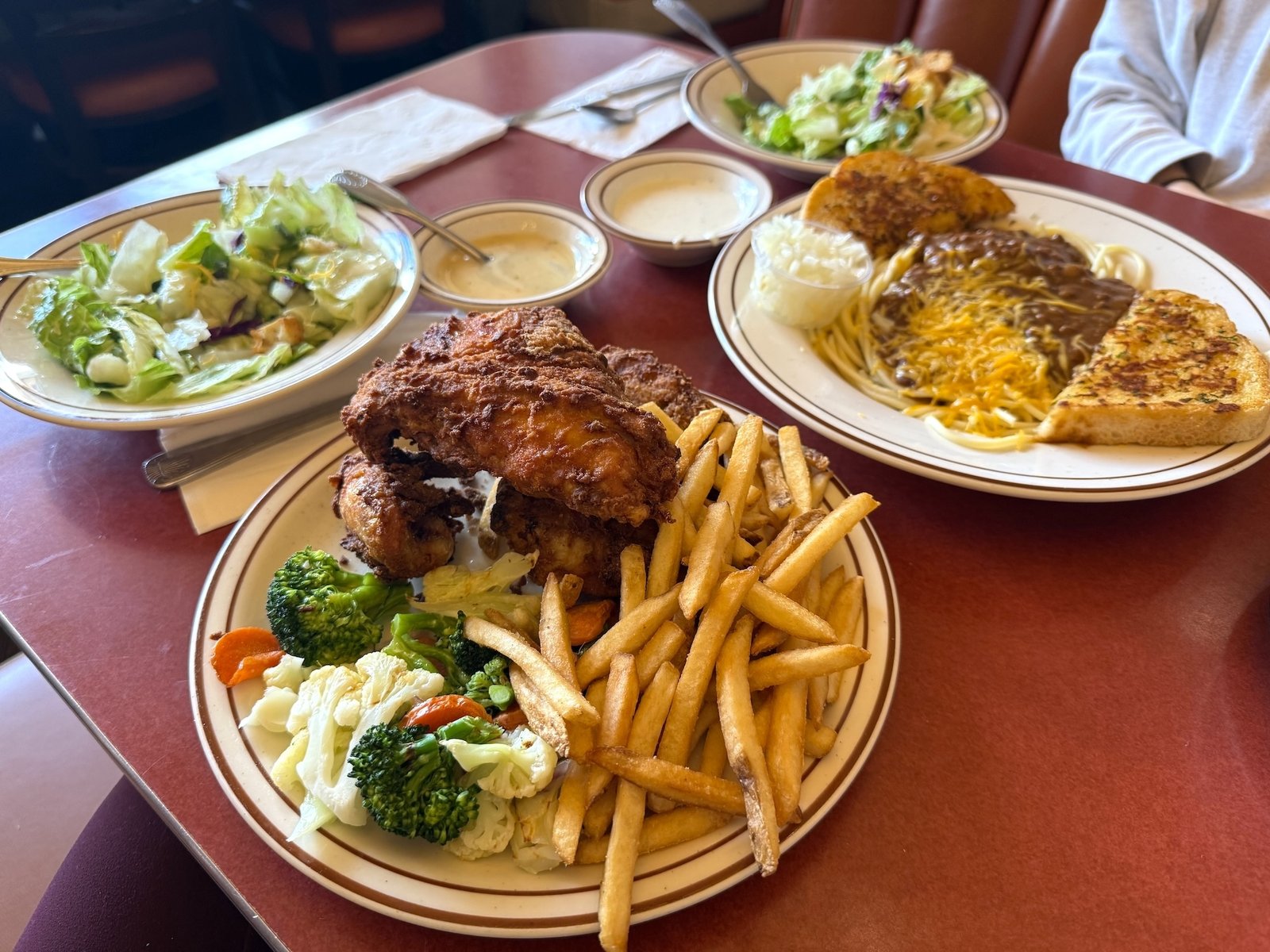Embark on a fascinating exploration of *heritage cooking methods, where traditional techniques preserve cultural identities and connect us to our culinary roots. From ancient fire practices to old-school pit cooking, this journey not only celebrates flavors but also honors history and craftsmanship inherent in these timeless arts.*
In today’s fast-paced world, modern cooking often relies on advanced technology and convenience, which can sometimes detach us from traditional culinary practices. However, heritage cooking methods serve as an essential link to our collective past, offering insights into cultural identity and historical craftsmanship. They include a variety of techniques such as traditional barbecue techniques, old-school pit cooking, historic fire cooking, and wood-fired culinary roots. These methods emphasize patience, skill, and respecting natural elements, transforming simple ingredients into extraordinary culinary experiences. Rediscovering and preserving these techniques energizes contemporary cuisine with authentic flavors and deep cultural significance, making each meal a storytelling experience that connects generations.
To truly appreciate heritage cooking methods, one must delve into how these techniques originate, evolve, and influence today’s culinary landscape. These methods are more than cooking styles—they are a testament to cultural resilience and ingenuity passed down through centuries. They serve as a living history, reminding us of the resourcefulness of our ancestors who harnessed fire, wood, and natural elements to nourish themselves and their communities. As culinary enthusiasts, embracing and documenting these methods helps sustain an invaluable cultural legacy, inspiring a dialogue between past and present that underscores the importance of preserving global food heritage.
Traditional Barbecue Techniques: Unveiling Old-School Pit Cooking Secrets

Traditional barbecue techniques hold a revered place in global culinary heritage. These methods often involve slow, meticulous cooking processes that unlock deep layers of flavor, textures, and aromas. Techniques such as old-school pit cooking require a seasoned hand and an intuitive understanding of fire management and heat distribution. Historically, pit cooking was an accessible yet sophisticated method—using simple tools and natural elements to create extraordinary feasts for communities and celebrations. This approach emphasizes patience, where the slow-marrow heat from underground or embedded fires transforms tough cuts of meat into tender, flavorful dishes that modern quick-cooking methods often cannot replicate.
In exploring these techniques, it’s clear that the beauty lies in their simplicity and harmony with nature. Many cultures around the world demonstrate their culinary ingenuity through variations of traditional barbecue techniques—from the Southern US’s pit hickory smoked meats to South Africa’s braai, or the Argentine asados. Each technique resonates with local materials, climate, and cultural principles. These distinctions create a rich tapestry of cultural grill history that illustrates how diverse societies prized communal sharing and patience. For enthusiasts and chefs alike, mastering old-school pit cooking offers not just delicious results but a profound respect for cultural craftsmanship and sustainable food practices rooted in history.
Furthermore, these older barbecue techniques foster a sense of community and tradition because they often involve communal efforts and shared knowledge passed through generations. Recipes and methods are often embedded with storytelling, folklore, and family customs, making each dish a vessel carrying cultural identity. In the modern culinary world, there’s a renewed appreciation for these heritage cooking methods because they bring authenticity and a storytelling dimension to professional and home kitchens. They challenge us to slow down, connect with the natural environment, and honor the time-tested wisdom embedded in every smoky, succulent bite.
The Art of Historic Fire Cooking: Reconnecting with Wood-Fired Culinary Roots

Historic fire cooking is among the most primal and revered parts of heritage cooking methods. It emphasizes the fundamental human relationship with fire—an element that has shaped civilizations and nourished mankind for millennia. Cooking over open flames or embers evokes a visceral experience, reminding us of primitive techniques that predate all modern kitchen appliances. This form of fire cooking is more than just method; it’s a cultural ritual that embodies patience, respect for natural elements, and an intimate connection with the food we prepare. Modern chefs and home cooks who explore historic fire cooking often find themselves re-engaging with ancient practices, aligning culinary arts with sustainable and eco-conscious principles.
Reconnecting with the wood-fired culinary roots challenges us to view fire as a medium of transformation. Whether it’s grilling skewers, roasting a whole animal, or slow-smoking fish, the process imparts distinctive flavors—smoky, charred, and complex—that are impossible to replicate with standard gas or electric appliances. These flavors carry the essence of cultural grill history, as they originate from specific traditions and regional practices. For example, the Japanese robatayaki, Italian braciola, or Native American fire-cooked stews highlight how fire has been central to communal eating and cultural expression through history. Engaging with historic fire cooking helps us appreciate not only culinary techniques but also the social and spiritual dimensions of fire as a source of nourishment and celebration.
In contemporary contexts, heritage cooking methods involving fire are finding renewed relevance amidst a growing movement toward sustainable and low-tech culinary practices. Chefs and food artisans increasingly incorporate open-fire methods to craft artisanal products and elevate traditional recipes. This revival underscores a fundamental truth: fire isn’t just a cooking tool—it’s a cultural artifact that tells stories shaped over generations. By mastering old-school fire cooking, we embrace a vital part of our cultural grill history, fostering a renewed respect for natural ingredients, craftsmanship, and the enduring human connection with flame.
From Pit to Plate: Preserving Cultural Grill History and Heritage

The journey from pit cooking to the dining table highlights the importance of preserving cultural grill history and heritage cooking methods that have withstood the test of time. These practices are cultural treasures, often rooted in communal traditions and local ingredients that define regional identities. As globalization and modernization accelerate, many traditional methods are at risk of fading away or being misunderstood. Recognizing their significance and actively working to preserve them ensures that future generations can enjoy the flavors, stories, and skills integral to authentic culinary identities. This preservation can be achieved through documentation, community workshops, or the timeless practice of passing down recipes across generations.
A crucial aspect of heritage cooking methods is how they foster community and shared identity. Whether it’s a Native American smokehouse, a Southern barbecue pit, or a Balkan open-fire cookout, each tradition reflects a unique relationship with environment, resources, and social gathering. These methods are often more than just techniques—they embody philosophies of resourcefulness, patience, and respect for the ingredients and tools. By studying and practicing these methods, chefs and home cooks deepen their understanding of cultural grill history and contribute to a collective effort to keep these traditions alive and relevant to contemporary culinary arts. This cultural stewardship enriches our global food landscape and ensures that heritage cooking methods remain a vibrant part of our shared history.
Furthermore, modern culinary enterprises increasingly recognize the value of authentic heritage cooking methods as a competitive advantage. They cultivate a distinctive narrative that resonates with consumers seeking genuine, handcrafted experiences. Restoring traditional old-school pit cooking and wood-fired techniques not only preserves authenticity but also promotes sustainable practices—using local, natural fuels and seasonal ingredients. Such practices also inspire innovation, as chefs adapt age-old methods within modern culinary contexts, blending tradition with creativity. Ultimately, from pit to plate, this journey underscores the ongoing importance of safeguarding our cultural grill history and ensuring these ancient arts continue to thrive in a world craving authenticity.
Mastering Old-School Pit Cooking: A Deep Dive into Traditional Barbecue
Old-school pit cooking epitomizes patience, skill, and a profound understanding of natural heat and fire management. Mastery of this technique involves more than just building a fire: it’s about controlling the temperature over hours, understanding the burn rate of different woods, and knowing when and how to turn or add fuel to maintain consistent heat. This traditional approach to barbecue is often rooted in regional customs, where a pit is dug into the ground, lined with stones or bricks, and filled with smoky embers. Over time, the meat is slow-cooked, absorbing subtle flavors from the wood smoke and the environment, resulting in tender, smoky delights that highlight heritage cooking methods’ deep-rooted craftsmanship.
Developing skills in old-school pit cooking requires patience and intuition—a learning curve for the modern enthusiast accustomed to quick results. This approach also emphasizes resourcefulness, often utilizing local woods, herbs, and even culturally specific additives to enhance flavors naturally. It’s an art that demands respect for the process, as well as a keen eye on fire management, moisture levels, and timing. When executed with precision, traditional barbecue techniques can elevate a simple meal into a celebration of cultural identity and culinary perseverance, embodying the essence of heritage cooking methods. These techniques have endured because they connect us to a way of life that values the journey as much as the result.
Lastly, mastering old-school pit cooking fosters a sense of community and tradition. Many cultures have communal pit cooking traditions, where family members and neighbors gather to tend the fire, share stories, and savor the fruits of their labor. This craftsmanship is often learned through oral tradition and hands-on experience, making it an important cultural practice that transcends mere cooking. For the modern chef or backyard enthusiast, embracing this method can rekindle a sense of purpose, patience, and connection—fundamental aspects of heritage cooking methods that still resonate deeply in today’s culinary landscape. As the world increasingly seeks authenticity, pit cooking stands as a testament to culinary resilience and cultural pride.
Wood-Fired Heritage: How Historic Fire Cooking Shapes Modern Culinary Practices
Wood-fired heritage has significantly influenced contemporary culinary practices, serving as a foundational element of heritage cooking methods that have shaped regional and cultural cuisines worldwide. The aroma, flavor, and beauty of food cooked over genuine wood fires create an unmistakable sensory experience that modern appliances struggle to mimic. Utilizing natural woods, whether hickory, mesquite, olive, or fruitwoods, imparts a distinctive smoky profile, rich in history and regional character. Today, chefs and enthusiasts frequently incorporate wood-fired techniques into artisanal bread baking, pizza making, and even fine dining, illustrating how historic fire cooking remains relevant and inspiring in contemporary kitchens.
The resurgence of wood-fired heritage cooking reflects a growing appreciation for sustainable, low-impact, and flavor-focused culinary practices. It champions the use of local, renewable resources and minimal processing, aligning with environmentally conscious trends. Moreover, these practices promote culinary creativity, as a wide range of foods—meats, vegetables, even cocktails—are prepared over open flames or embers, emphasizing flavor complexity and visual drama. Cultural grill history is thus being woven into modern gastronomy, where traditional fire cooking techniques are reinvented and celebrated, honoring their origins while adapting to current tastes and sustainability ideals. This fusion of old and new ensures that heritage cooking methods continue to evolve, inspiring culinary innovation rooted in tradition.
Furthermore, wood-fired culinary roots foster a cultural appreciation that transcends mere technique, touching on notions of heritage, community, and the ancestral human relationship with fire. Many regional cuisines have developed unique cooking styles centered around historic fire cooking, such as Italian pizzas, Moroccan tagines, and Japanese robatayaki. These traditions are now experiencing a renaissance as chefs seek authenticity and emotional resonance in their culinary creations. Embodying heritage cooking methods, they remind us that food prepared over wood fires carries stories, craft, and a sense of place—an enduring legacy that enriches our modern cultural grill history and offers a sensory connection to our shared human story.
Conclusion
Heritage cooking methods encompass a broad tapestry of techniques—from traditional barbecue techniques and old-school pit cooking to historic fire cooking and wood-fired culinary roots—each embodying rich cultural histories, craftsmanship, and sustainable practices. These methods serve as vital links to our ancestors’ ingenuity, resourcefulness, and communal traditions, offering more than just delicious flavors; they provide an experience rooted in patience, respect for natural elements, and cultural storytelling. As modern cuisine continues to evolve, embracing and preserving these ancient arts supports culinary diversity, authenticity, and cultural continuity. The ongoing resurgence of heritage cooking methods reminds us of the importance of honoring our food’s past while creatively shaping the future of global gastronomy. Through these practices, we celebrate not just flavor, but also the enduring human connection to fire, earth, and community-based traditions.






